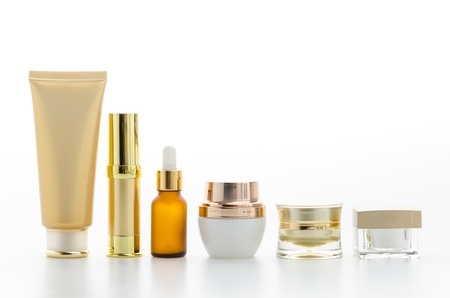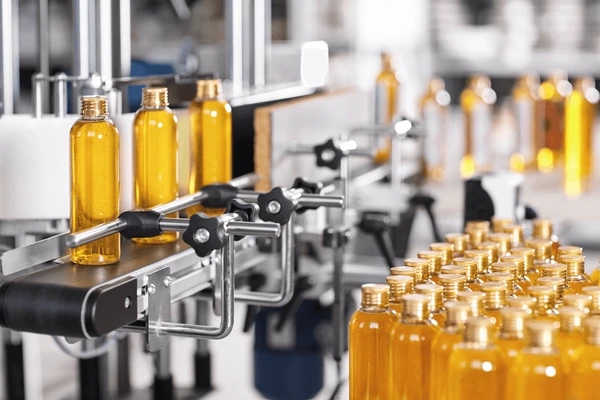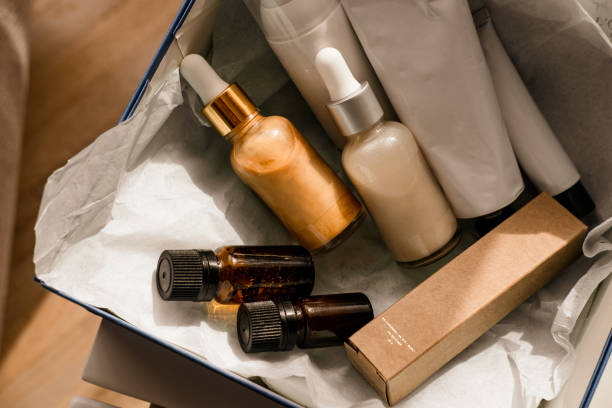From Vision to Shelf: A Strategic Guide to Cosmetic Packaging for Small Business Success
March 18, 2025
In today's competitive beauty industry, cosmetic packaging plays a crucial role in product success—especially for small business owners. Beyond visual appeal, packaging influences consumer perception, protects product integrity, and impacts brand positioning. Whether you're launching a skincare line or an indie makeup brand, understanding the right packaging strategy can make or break your growth.
Why Cosmetic Packaging Matters More Than Ever
According to a 2024 report by Statista, global cosmetic packaging market size is expected to surpass USD 42 billion by 2027, with small brands accounting for over 35% of new product launches. Consumers today don't just buy beauty—they buy into values, stories, and experiences. And packaging is the first physical interaction they have with your product.

Step-by-Step Guide for Small Business Owners
1. Define Your Brand Identity
Your packaging should reflect your brand's personality. Is it minimal, eco-conscious, or luxurious? Choosing the right colors, typography, and materials helps you stand out on crowded shelves or online listings.
2. Understand Your Product Needs
Different formulas require different packaging types. For example:
Serums and oils: Often require glass droppers to prevent contamination.
Creams and lotions: Airless pump bottles can preserve shelf life.
Powders: Need sifter jars or magnetic compacts for ease of use.
3. Material Selection
With the rise of sustainability, many small businesses are moving toward:
Biodegradable plastics
Aluminum and glass containers
PCR (post-consumer recycled) materials
According to a Mintel report, 64% of Gen Z consumers prefer brands that use eco-friendly cosmetic packaging—a trend you can't afford to ignore.

4. Packaging Design Considerations
Hire a designer or use tools like Canva Pro or Adobe Express. Keep these in mind:
Logo visibility
Ingredient legibility
Barcode placement
Batch code or expiration dates
Even with a tight budget, clean design can build trust and increase perceived value.
5. Compliance and Labeling
Ensure your packaging complies with local regulations (e.g., FDA in the U.S. or EU Cosmetic Regulation). Missing mandatory elements like net content, safety instructions, or INCI names can delay product launches.
Tips to Reduce Costs Without Sacrificing Quality
Order MOQ-friendly packaging: Many suppliers now offer low minimum order quantities (as low as 500 units).
Use stock molds with custom labels: This saves on tooling fees.
Partner with local packaging vendors to reduce shipping costs and lead times.

Real-World Example:
A California-based indie skincare brand, which launched in 2023 with only $8,000, used recyclable PET bottles with minimalist labels. By keeping their cosmetic packaging costs under $1.50 per unit, they achieved over $200K in revenue within the first year—proof that effective packaging doesn't need to break the bank.
However, for small business owners, cosmetic packaging is more than just a container—it's a silent salesperson, brand ambassador, and product protector. With the right approach, even brands with limited budgets can create packaging that rivals the biggest names in beauty.
Start small, think big, and let your packaging tell your story.
